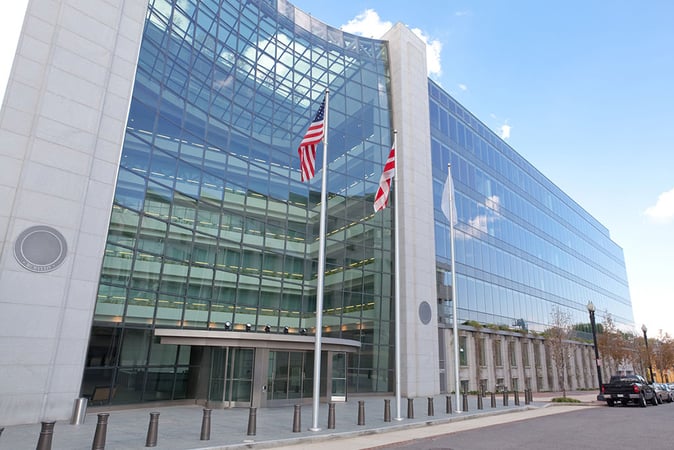Why did the upgrade of Arbitrum ArbOS cause a ‘hard fork’ debate?
Exploring the Debate Surrounding the 'Hard Fork' Caused by the Arbitrum ArbOS UpgradeThis upgrade will not have a significant impact on the overall Arbitrum ecosystem.
Original author: Fu Ruhe

Arbitrum, as one of the “Four Kings” of L2, has recently attracted widespread attention with a proposal regarding the upgrade of its core component, ArbOS. It is even referred to as the first “hard fork” proposal in L2.
- IOSG EigenLayer reshaping returns – the model and returns of re-staking
- Binance’s new CEO’s first AMA Priorities, Listing Coins, and Future Journey
- The Bear Market Russian Crypto Traders on the Decline, Confirms Central Bank
Fireball Daily has interpreted the content of this proposal to understand what kind of impact the ArbOS upgrade will have on the Arbitrum ecosystem.
What is ArbOS Upgrade?
ArbOS is the operating system for Arbitrum’s AVM (virtual machine). ArbOS is responsible for tracking and managing network resources, generating blocks from incoming messages, and executing smart contracts through its own Geth instance.

Based on the above diagram, it can be understood that ArbOS is crucial to Arbitrum.
The network structure of Arbitrum can be simplified into 5 parts:
-
Ethereum serves as the underlying layer of Arbitrum, ensuring the security of Layer 2;
-
Ethereum bridges smart contracts to ensure the accuracy of operations between Ethereum and L2;
-
The AVM structure ensures that the content output by the bridged smart contracts on Ethereum can be recognized by Arbitrum’s virtual machine program;
-
ArbOS acts like an operating system, serving as the cohesive component that helps Arbitrum network run smoothly;
-
Finally, ArbOS provides EVM compatibility for Arbitrum.
For example, let’s say there is a DApp running on Arbitrum that needs to communicate with other chains and perform smart contract operations. As part of Arbitrum, ArbOS is responsible for tracking and processing messages from other chains, converting them into L2 blocks, and executing smart contract operations. It can also provide specific functions, such as cross-chain communication or resource billing with other chains, through pre-compilation. With the support of ArbOS, DApps can run on Arbitrum at lower costs and higher efficiencies, while also being able to interoperate with other chains.
From this, it can be seen that ArbOS plays a crucial role, similar to the client software of L1 public chains. Therefore, the impact of this ArbOS upgrade is no less than a “fork” of a public chain. However, compared to upgrades of L1 public chains, the upgrade of L2’s core components does not pose a real possibility of a hard fork.
Although the ArbOS upgrade requires node operators to coordinate the upgrade of their software, which may result in different versions of ArbOS running on nodes and create inconsistent historical versions of the chain, L2 has the advantage of needing to validate the correctness of its state with the Ethereum mainnet through the bridging smart contract, “Arbitrum Bridge”. This avoids forking behavior caused by consensus.
Because during the upgrade process of ArbOS, validators can make claims about the state of the chain and other validators can challenge them. The bridge contract will arbitrate these challenges and ensure that the bridge’s view of the Arbitrum chain is accurate through a series of assertions and fraud proofs. This ensures that only chains that align with the rules specified by the Arbitrum bridge contract are considered canonical chains.
What impact will the upgrade of ArbOS have?
According to the official proposal, this upgrade will not have a significant impact on the overall Arbitrum ecosystem. It mainly focuses on the EVM Shanghai upgrade, support for the PUSH 0 opcode, and various bug fixes. These improvements have been reviewed and are ready for adoption, targeting both Arbitrum One and Arbitrum Nova.
This upgrade is more relevant to underlying validators and less relevant to regular users. Based on the current voting percentage, the approval rate is as high as 99.79%, making it highly likely to be approved. At that time, everyone can follow the official news to determine whether transactions and other on-chain operations can be carried out during the upgrade.
We will continue to update Blocking; if you have any questions or suggestions, please contact us!
Was this article helpful?
93 out of 132 found this helpful
Related articles
- Hot Takes Unveiling the 3 Must-Have Scandal Coins for Savvy Investors!
- Crypto.com’s Big Win UK Regulator Gives Thumbs Up, Securing Electronic Money Institution Status
- Zero-Knowledge Rollups: Making Blockchain Faster and Cheaper, with a Twist
- BitGo: A 10-Year Anniversary Worth Celebrating
- Ria Bhutoria The Blockchain Brainiac Behind the Research
- The Heroic Adventures of Ogle, the Crypto Fund Recovery Specialist
- Privacy vs. Transparency: The Battle of the Crypto World


